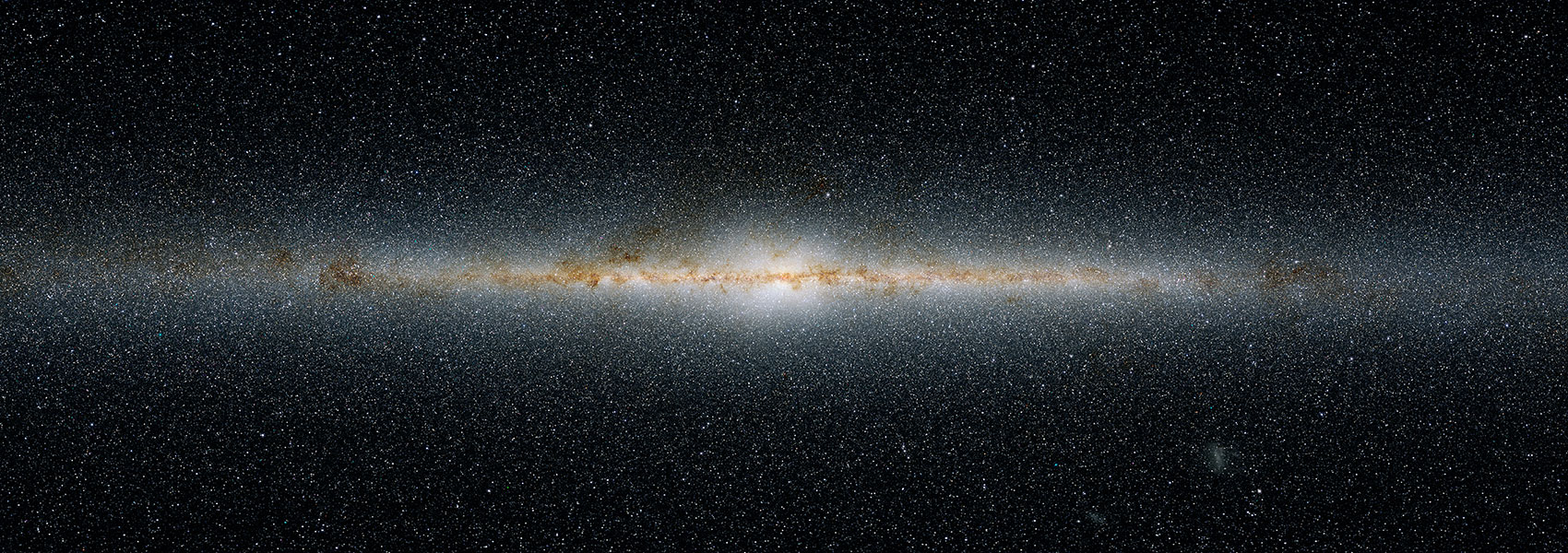June
2023
•
2023AJ....165..242G
Authors
•
Gandhi, Siddharth
•
Kesseli, Aurora
•
Zhang, Yapeng
•
Louca, Amy
•
Snellen, Ignas
•
Brogi, Matteo
•
Miguel, Yamila
•
Casasayas-Barris, Núria
•
Pelletier, Stefan
•
Landman, Rico
•
Maguire, Cathal
•
Gibson, Neale P.
Abstract
•
Ground-based high-resolution spectroscopy (HRS) has detected numerous chemical species and atmospheric dynamics in exoplanets, most notably ultrahot Jupiters (UHJs). However, quantitative estimates on abundances have been challenging but are essential for accurate comparative characterization and to determine formation scenarios. In this work, we retrieve the atmospheres of six UHJs (WASP-76 b, MASCARA-4 b, MASCARA-2 b, WASP-121 b, HAT-P-70 b, and WASP-189 b) with ESPRESSO and HARPS-N/HARPS observations, exploring trends in eleven neutral species and dynamics. While Fe abundances agree well with stellar values, Mg, Ni, Cr, Mn, and V show more variation, highlighting the difficulty in using a single species as a proxy for metallicity. We find that Ca, Na, Ti, and TiO are underabundant, potentially due to ionization and/or nightside rain-out. Our retrievals also show that relative abundances between species are more robust, consistent with previous works. We perform spatially resolved and phase-resolved retrievals for WASP-76 b and WASP-121 b given their high signal-to-noise observations, and find the chemical abundances in each of the terminator regions are broadly consistent. We additionally constrain dynamics for our sample through Doppler shifts and broadening of the planetary signals during the primary eclipse, with median blueshifts between ~0.9 and 9.0 km s-1 due to day-night winds. Furthermore, we constrain spectroscopic masses for MASCARA-2 b and HAT-P-70 b consistent with their known upper limits, but we note that these may be biased due to degeneracies. This work highlights the importance of future HRS studies to further probe differences and trends between exoplanets.
Links




